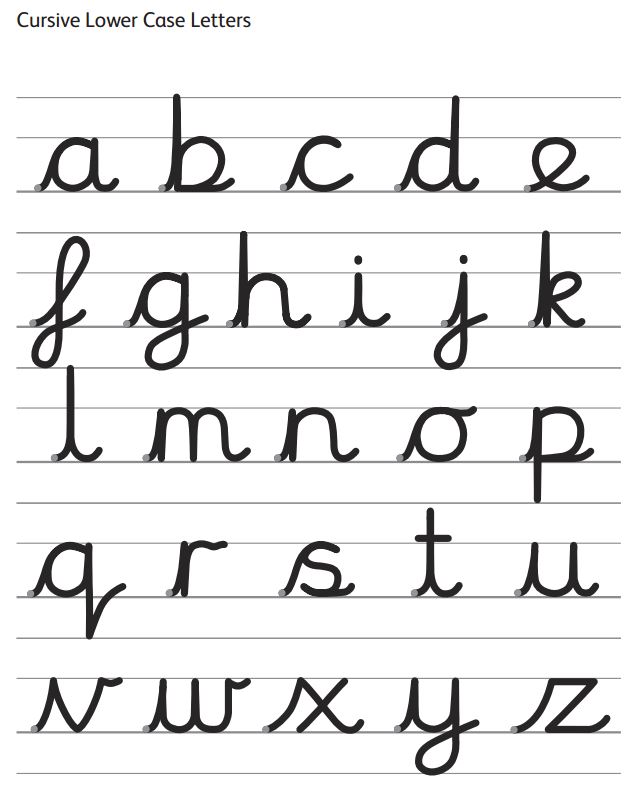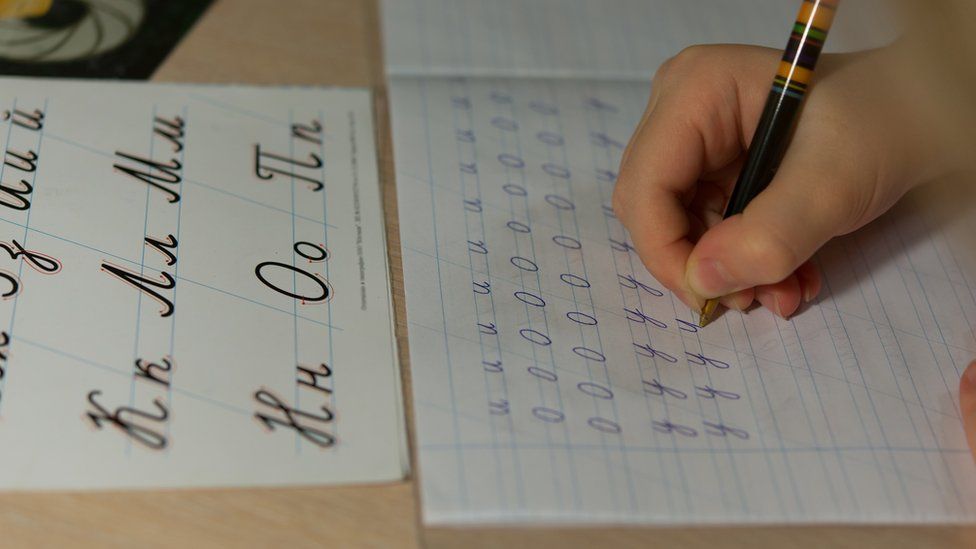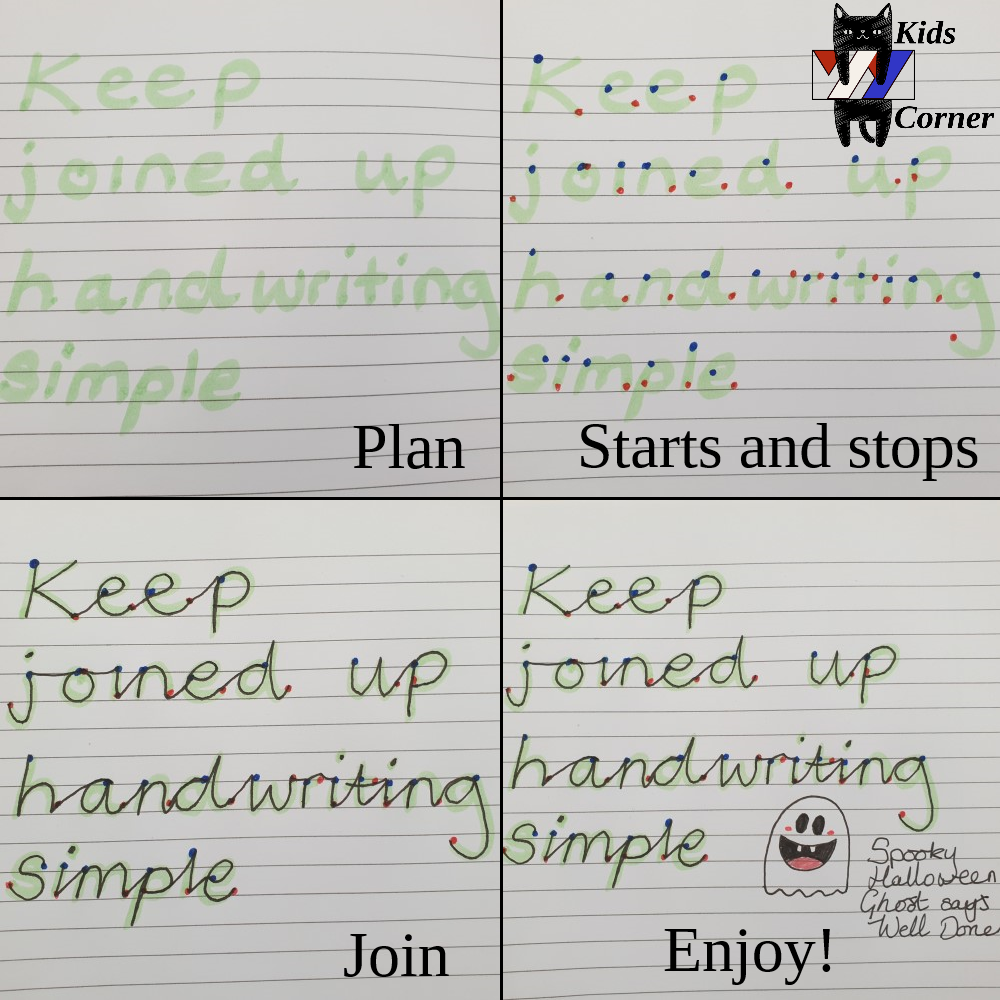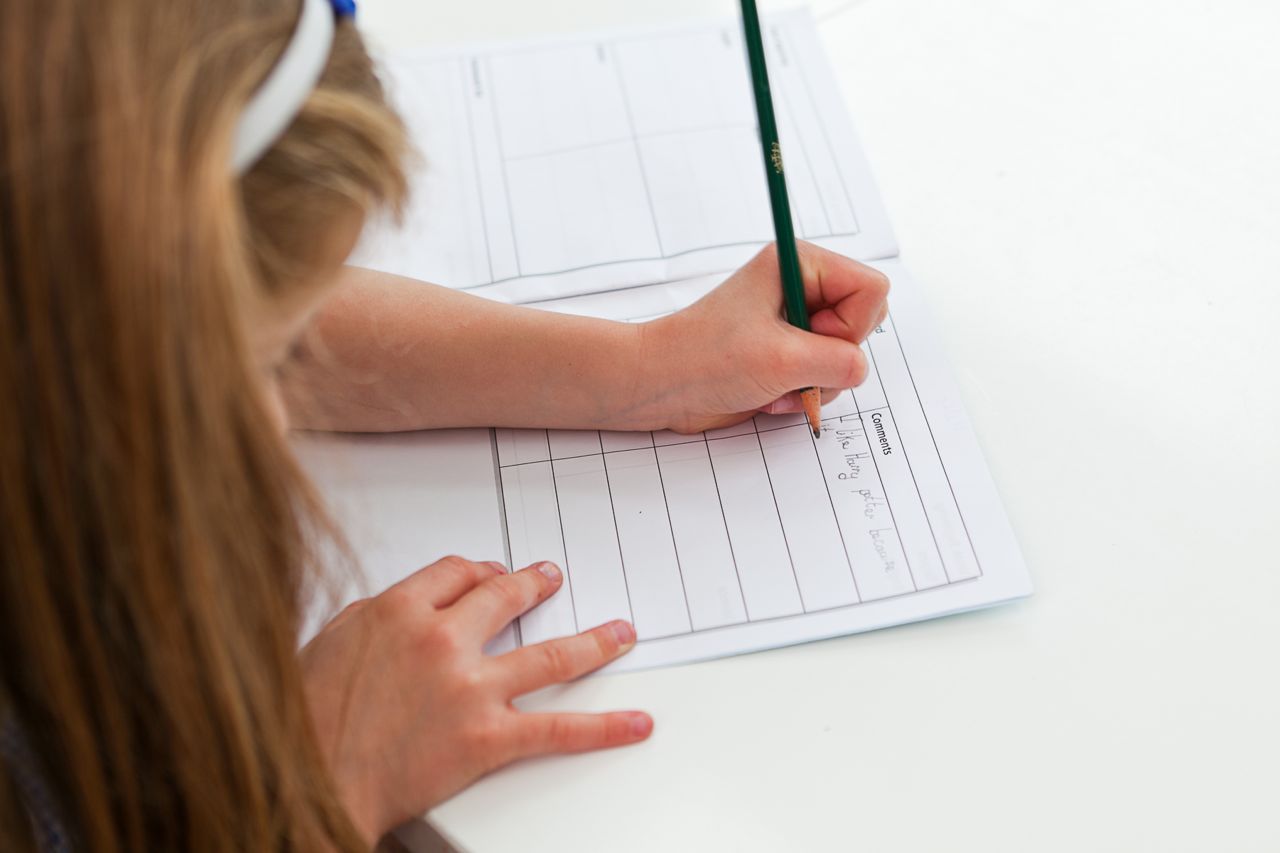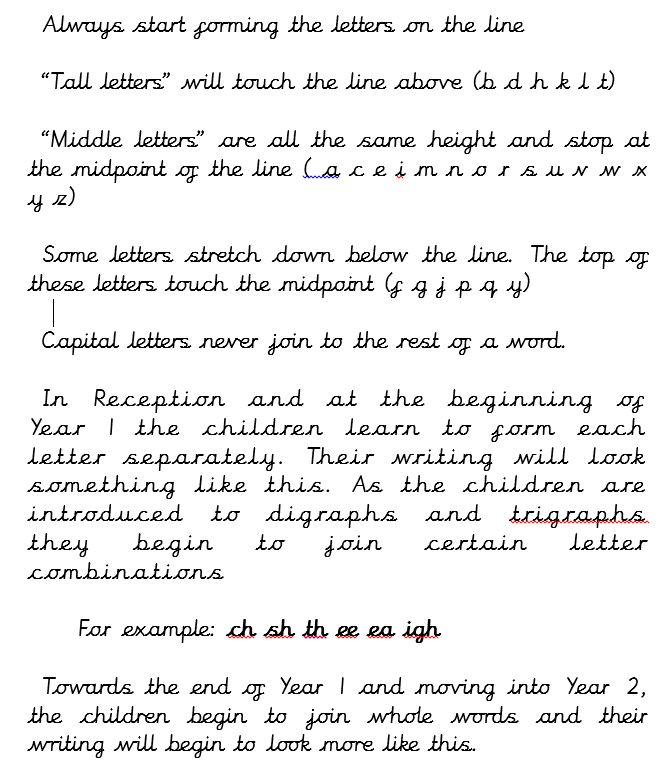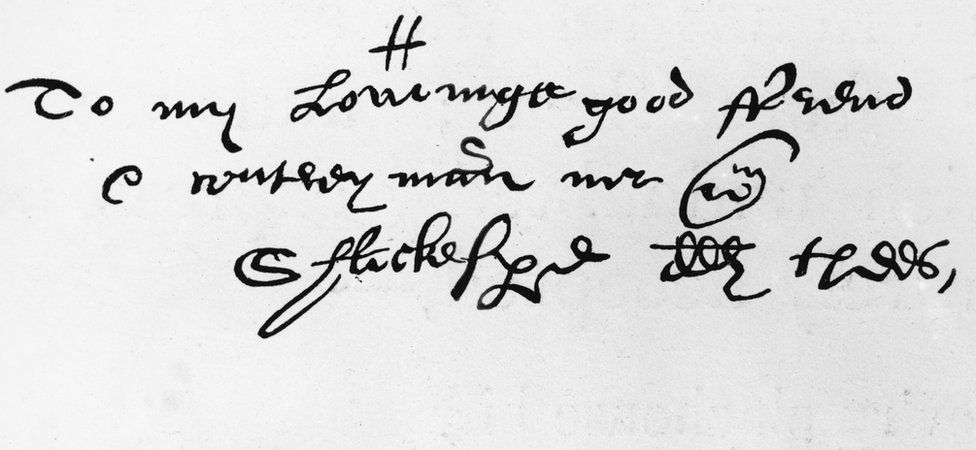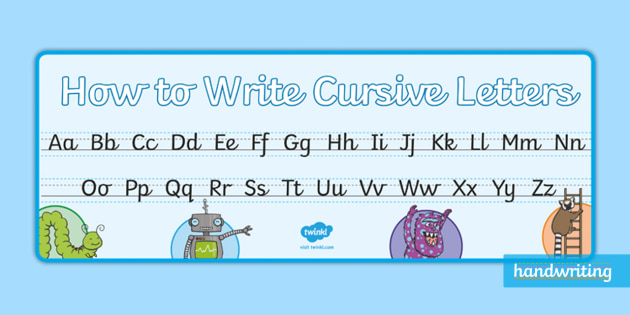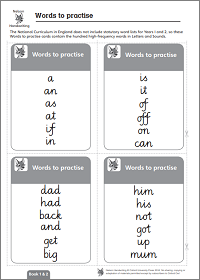Underrated Ideas Of Tips About How To Teach Joined Up Writing

The teach handwriting scheme has been developed to provide a whole school (pupils aged 4 to 11 years old), differentiated, holistic approach to teaching handwriting.
How to teach joined up writing. But there may be benefits to. You can help your child develop automaticity with their handwriting, and keep up with the expectations of the national curriculum. Practise you may need paper and a pen or pencil for some of these activities.
There are seven join strokes to be taught most children will find the bottom joins the easiest to achieve, as it only requires the extension of the exit stroke they already put on. Use single words (or single use of contractions) to create clear and concise text. If children are taught to “join up” early on and encouraged to stick with it, then neat handwriting and clear presentation will often become the norm.
As different rules apply to different letters. A video of top tips in which phonics expert debbie hepplewhite demonstrates her method of teaching fully joined (cursive) handwriting. Teaching the join types in their groups helps a child to understand the directional pushes and pulls required to successfully join the different letter combinations.
Joined up handwriting teaching in the eyfs is not part of the statutory curriculum nor eyfs guidance. Teaching cursive or joined up handwriting is not part of the eyfs. When you are joining up your writing, the cross joins onto the next letter.
Top tips for practicing your handwriting!. Instead, break writing instruction down into manageable chunks for students to tackle using. I would recommend teaching the bottom joins first, then the ‘e’ joins and finally the top exit letter joins.
Download nearly joined up writing book in pdf, epub and kindle. Don’t just assign writing tasks and hope for the best. It goes on to explain that “nearly all the.

